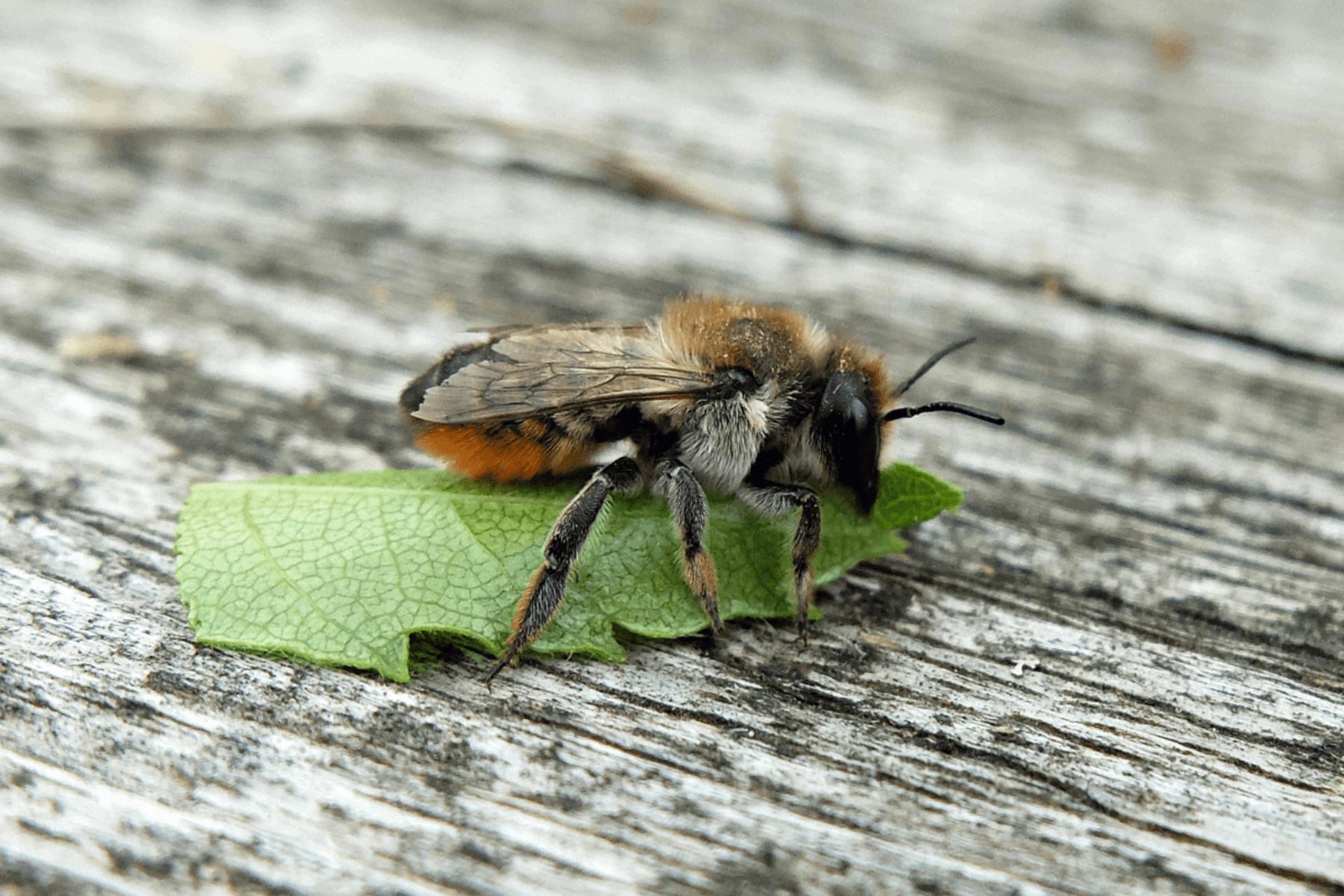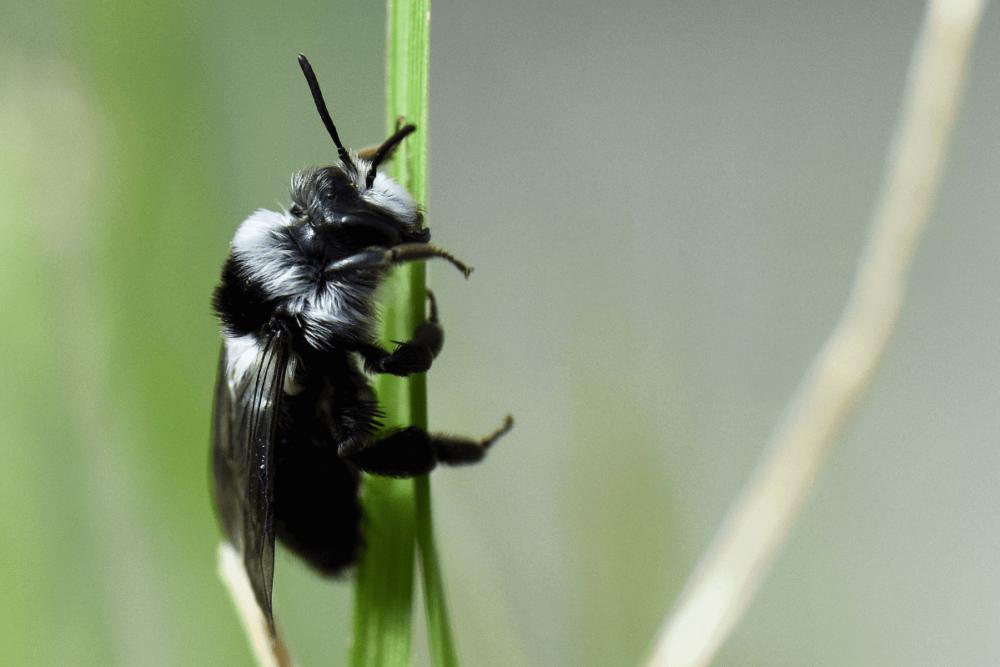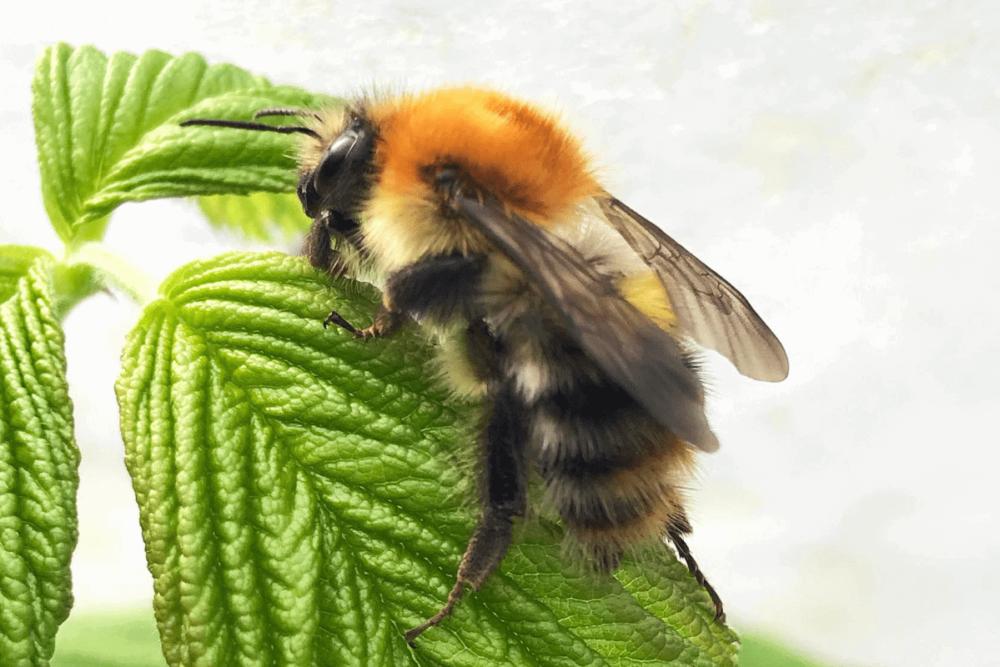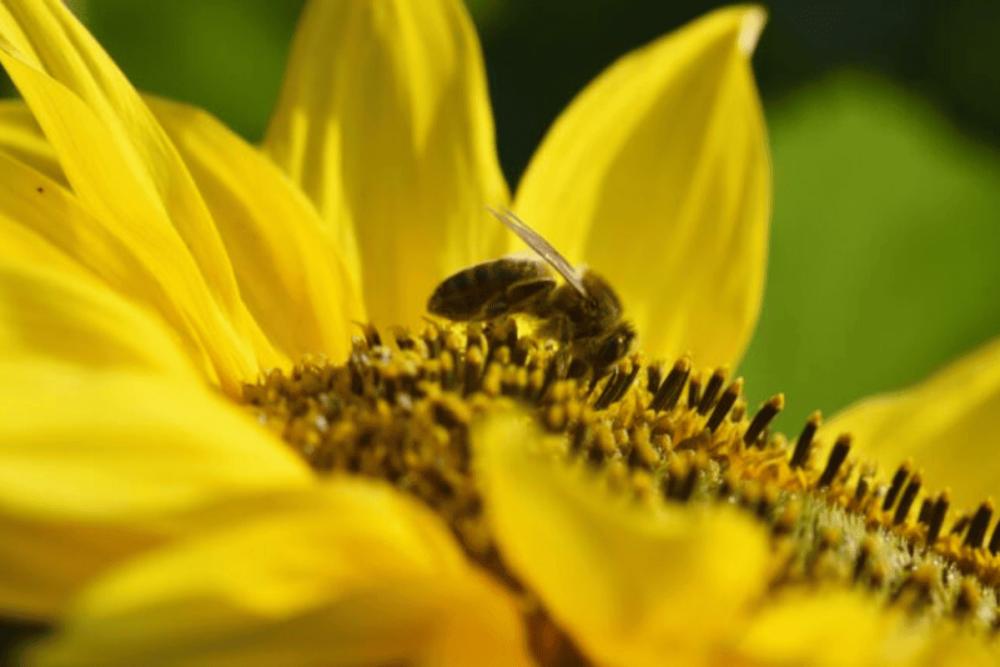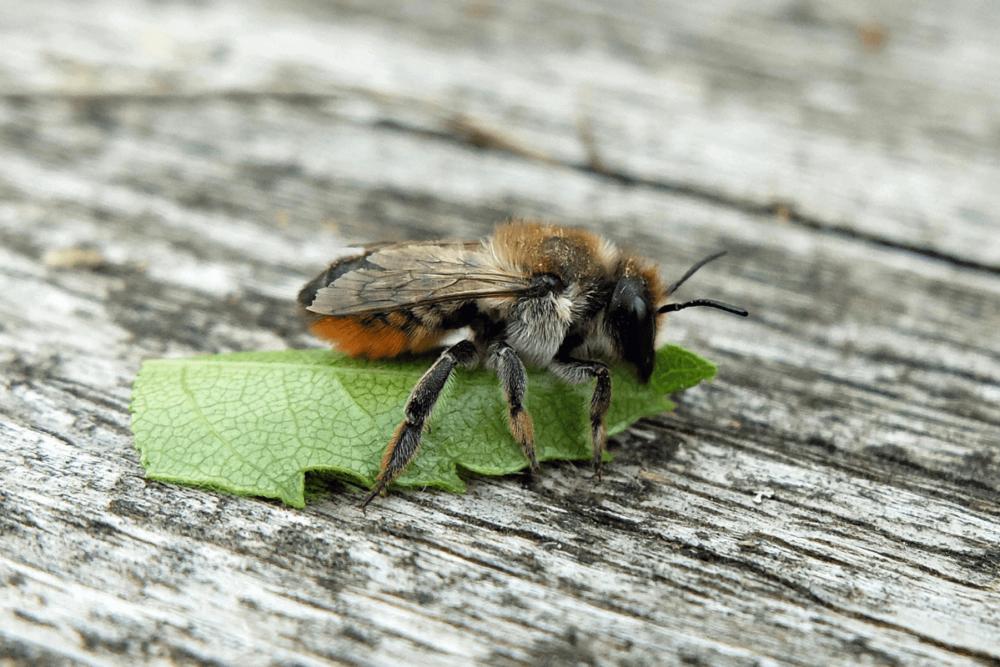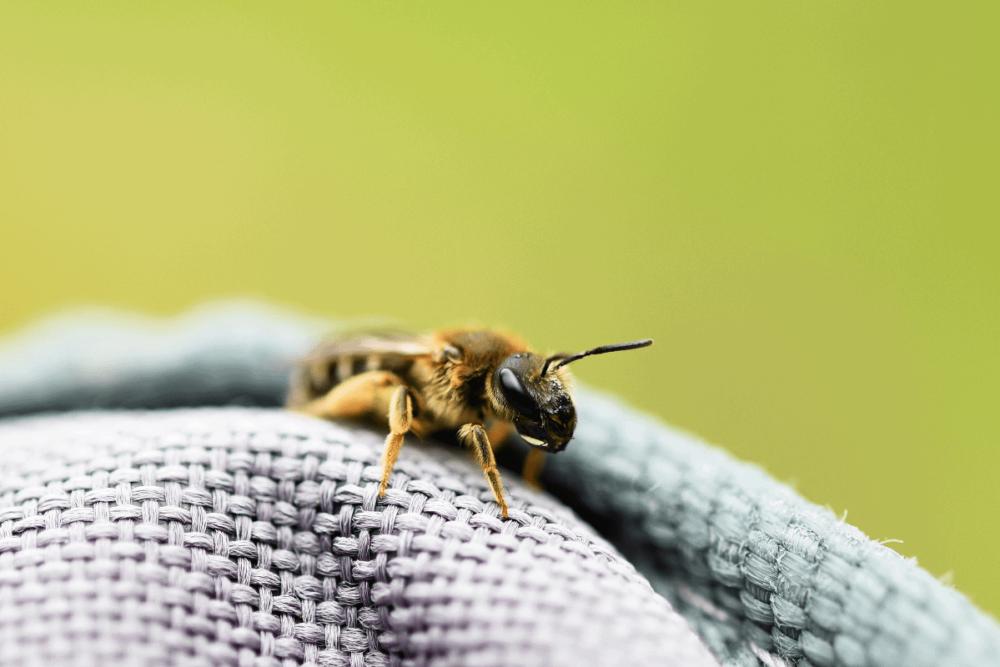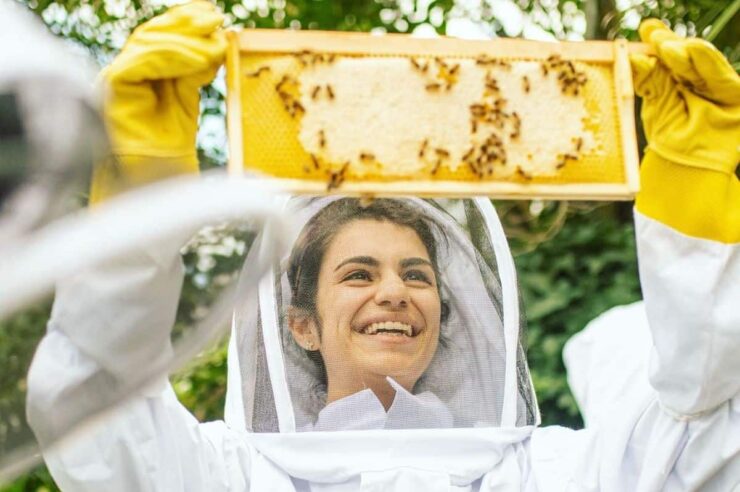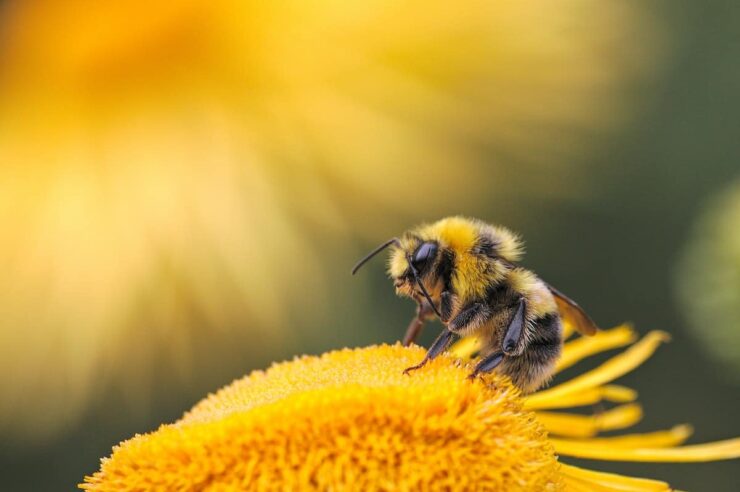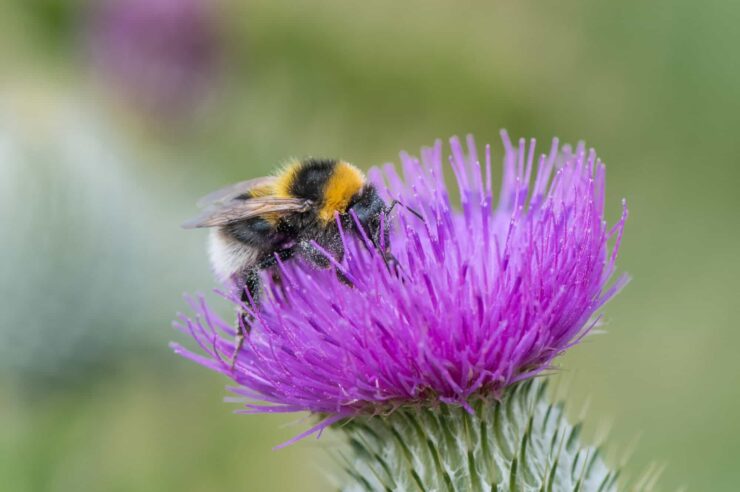Ireland’s native bee sanctuary is a world first. Its founder explains why he’s conflicted about World Bee Day, and what we should do to really help pollinators
Paul Handrick is a bit conflicted about World Bee Day. Which might be surprising, given that he runs the world’s first native bee sanctuary and blogs and tweets as The Bee Guy.
Firstly, he says, just one day is not enough: with 40 per cent of invertebrate pollinator species, particularly bees and butterflies, facing extinction globally, “every day needs to be World Bee Day”.
Then there’s the contradiction of calling to save the bees on 20 May, the birthday of one of the pioneers of modern apiculture, when beekeeping for honey is actually part of the problem. Honeybees, of which there are only nine species worldwide out of approximately 20,000 species of solitary and bumble bees, are more numerous than ever before. Not only do they compete with wild bees for the increasingly limited forage available, but they also risk spreading disease when they’re moved to reach new areas of forage.
Plus, they’re a distraction, says Handrick. “If you look at articles on ‘saving the bees’, more than likely you’ll have a honeybee picture with it. It’s not done out of malice, it’s just ignorance.”
This ignorance results in at best misguided, at worst cynical, attempts to help that see companies and individuals installing yet more honeybee hives. “We should be better than that now,” he says.
The way to be better, he explains, is by providing wild native bees with suitable habitat with plentiful, varied forage and letting them go about their business in peace. Which is where the Bee Sanctuary of Ireland comes in.
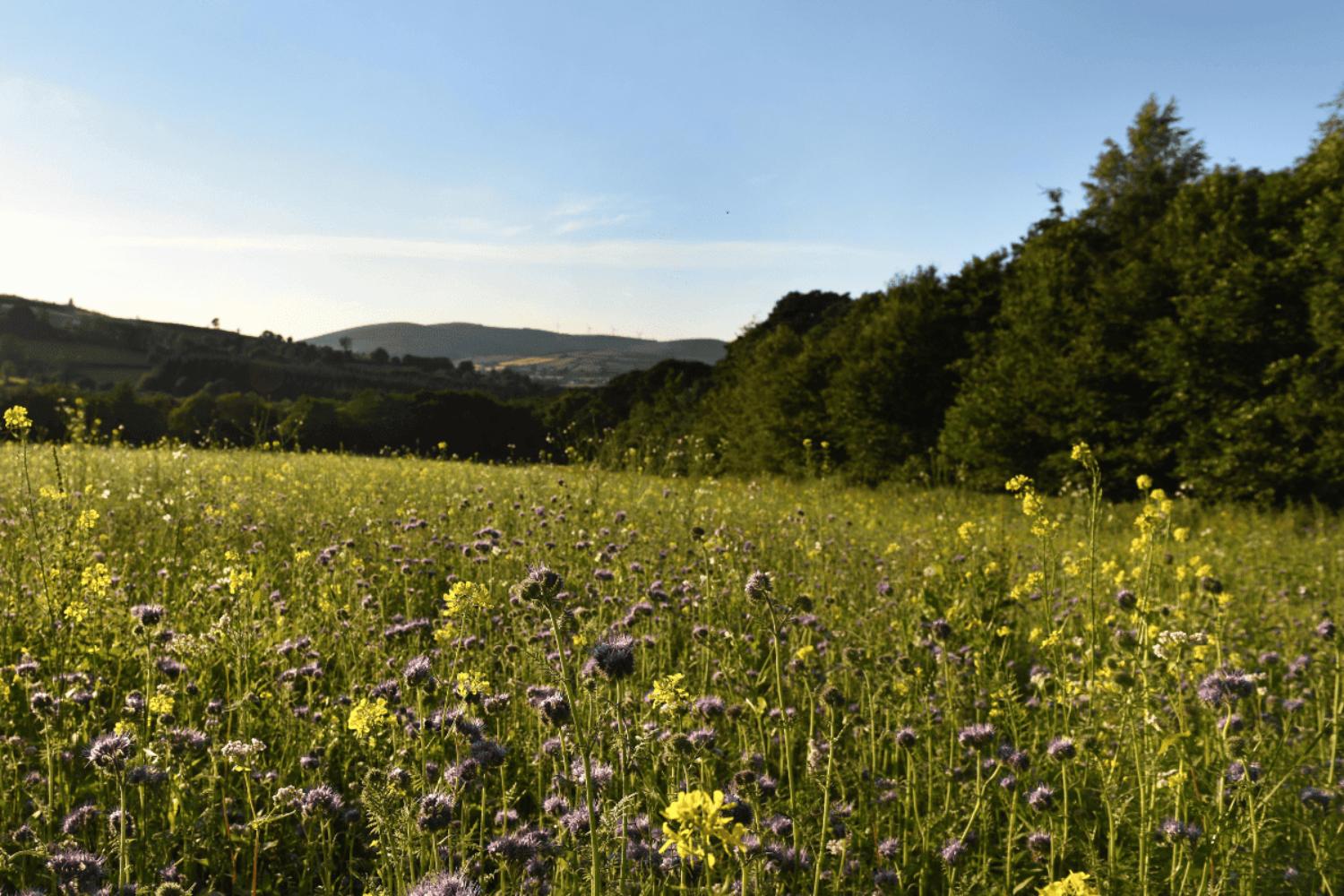
Fields of phacelia feed pollinators that visit the sanctuary during summer. Image: Bee Sanctuary of Ireland
Handrick and his wife, Clare-Louise Donelan, had been intending to relocate to France when they stumbled across a farm for sale in the wilds of County Wicklow, on the east coast of Ireland. They bought the land in 2011, but it wasn’t until 2017 that the pair decided to set it up as a sanctuary for bees, dismayed by the negative impacts on wildlife of letting their land out for multi-crop farming.
“I was sitting in a field of clover, wondering what the hell I was going to do with the place, and looking at the bees all over the clover. It was a eureka moment,” Handrick recalls.
The ultimate aim is to turn the land entirely over to nature. In the meantime, they’re continuing with some crops, but with wildlife in mind. Fields of sunflowers and phacelia feed the bees and other pollinators in spring and summer then, left unharvested, provide food for birds in the autumn and winter too. “It sounds very simplistic but once you do the right thing for bees, it works for species right across the board.”
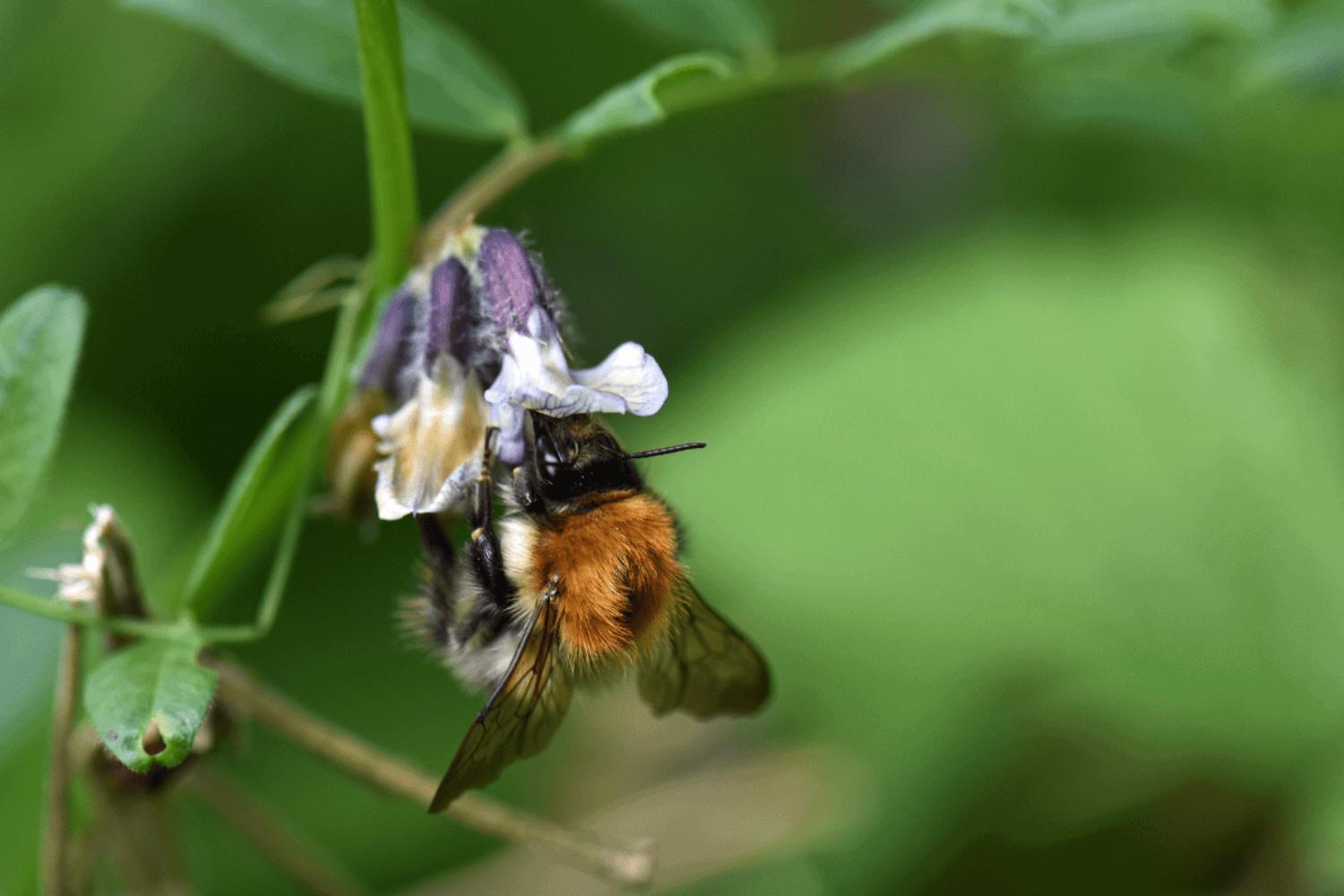
The common carder bee is easily identified by its ginger thorax. Image: Bee Sanctuary of Ireland
Handrick spreads the word about wild native bees and the challenges they face on social media, and offers advice on how to help them (see box out below). “It gives me hope to see the worldwide effect of what we’re doing,” he says. “We have people from Mongolia to Colombia saying that they’ve changed their garden.”
When it comes to the sorts of native bees we should be looking out for, Handrick concedes that differentiating between the more than 270 species we have in the UK is no mean feat. Some you can tell apart by their markings: the ashy mining bee has striking black and white or grey stripes; the red-tailed bumblebee has a distinctive red abdomen; and the common carder bee is ginger.
It gives me hope to see the worldwide effect of what we’re doing
Keeping an eye out for particular behaviour offers clues too: the seven species of leafcutter bees, for example, are easy to spot flying to and fro with pieces of leaf to line their nests, while red mason bees use mud to build nests in natural cavities. Find yourself an undisturbed south-facing patch of sand or gravel, meanwhile, and you’re likely to see a range of solitary bees digging nests in which to lay their eggs.
“What we say to people is, don’t work in your garden: leave the grass long. Anywhere where there’s a mess and there’s wild, you’ll find insects. Just sit in your garden and watch what goes on,” he says. “To save the bees, we’ve got to love them.”
How to really save the bees
- If you have outdoor space, leave as much of it as wild as possible.
- Stop using chemicals in your garden and buy plants, seeds and bulbs that are untreated with pesticides.
- If you have a cat or dog, ask your vet for alternative flea treatments that don’t contain neonicotinoid pesticides.
- Eat organic; agricultural pesticides are fatal to bees.
- Call on your local authority and local businesses to manage their green spaces in a bee-friendly way.
Gallery: native bees to look out for
Help us break the bad news bias
Positive News is helping more people than ever to get a balanced and uplifting view of the world. While the doom and gloom of other news outlets becomes overwhelming, instead we’re here to support your wellbeing and empower you to make a difference towards a better future. And as Positive News’ audience and impact grows, we’re showing the rest of the media that good news matters.
But our solutions journalism has a cost and, as an independent, not-for-profit media organisation, we rely on the financial backing of our readers. If you value what we do and can afford to, please consider making a one-off or regular contribution as a Positive News supporter. From as little as £1 per month, you’ll be directly funding the production and sharing of our stories – helping them to benefit many more people.
Join our community today, and together, we’ll change the news for good.
